QUOTE(shaniandras2787 @ Dec 23 2015, 02:45 PM)
One should look and interpret the term mint holistically rather than within its own context and when they do, they'll see the sense. I've mentioned this before many times and I will mention it again. The English language in itself lacks mathematical precision therefore there is no ONE definitive interpretation to it. It all depends on how the term is used and in what context and on how the particular individual seeks to interpret it.
I still stand by the fact that a 1980 figure with paint chips can be considered as in mint condition simply because the figure is still transformable, no drastic defects/loose joints etc. Bear in mind that mint does not amount to perfect. It just simply means the figure is in good working order. I emphasized that anything other that MISB must be inspected personally by the buyer because the term mint could mean anything. Also, I believed that even with MISB, some figure comes with paint defects which is apparently during the 2nd run of MP10. If applying your understanding to this scenario, can it be said that although the seller represented to the buyer correctly but because of its inherent defect, can it be claimed that the seller cheated the buyer? Surely the answer is no.
I don't think too much transformation may cause paint chips because I don't see panels rubbing with each other tightly on the surfaces. Most Hasbro's figures I encountered have good clearance.
One of the reasons why people are buying figures from individual sellers is because the figures are no longer in production. So that brings me to the question, if someone is looking for a vintage and very rare 1980 Mercedes Benz and is nowhere perfect, paint chips, dents here and there but the seller represented in mint condition because the mechanics still works, the leather works are good and the engine still roars. It's only the appearance that are tarnished. Has the seller misrepresented? I believed he has not.
Besides, the onus lies on the buyer to verify and inspect if it's something that the buyer can compromise in exchange to get his hands on what he bargained for. If the buyer stupidly believes what the seller represented and pays him and gets something different, who can we blame?
These terms, MISB, MIB or BIB are just terms used by sellers to give buys a rough idea on the condition of the figure, it's a keyword used to narrow down the buyers' search, in other words, reference. All buyers are advised to inspect the figure thoroughly before paying any monies.
At the end of the day, people need to understand that "Mint" is not "Perfect". People drew this inference (which is wrong) because people associated it with items in MISB. People assumed that everything in a sealed box is perfect and that nothing will go wrong if it comes straight from the factory.
Mint
adjective
adjective: mint
1.
(of an object) in pristine condition; as new.
"a pair of speakers including stands, mint, $160"
synonyms: brand new, pristine, perfect, immaculate, unblemished, undamaged, unmarked, unused, first-class, excellent
"in mint condition"
It is not the word that is the problem, it is people who think to define things that have been taken out and played with still think it is "mint" when it is not.. Mint meaning you can take it out to INSPECT but that's it, and even then it's stretching the definition a bit
when you have transformed or whatsoever, regardless of how old it is, IT IS NOT MINT.. the only difference between MISB and MIB is S stands for SEALED, meaning never opened to inspect or anything; MIB is just broken seal to inspect but never transformed or posed or displayed i.e., take out, inspect (LED or whatever) and put it back in the box and keep. if you display, it is BIB.. if u take pictures, it is BIB
or as cycheah mentioned, just make use of c10-c1 condition


 Sep 20 2015, 02:11 PM
Sep 20 2015, 02:11 PM
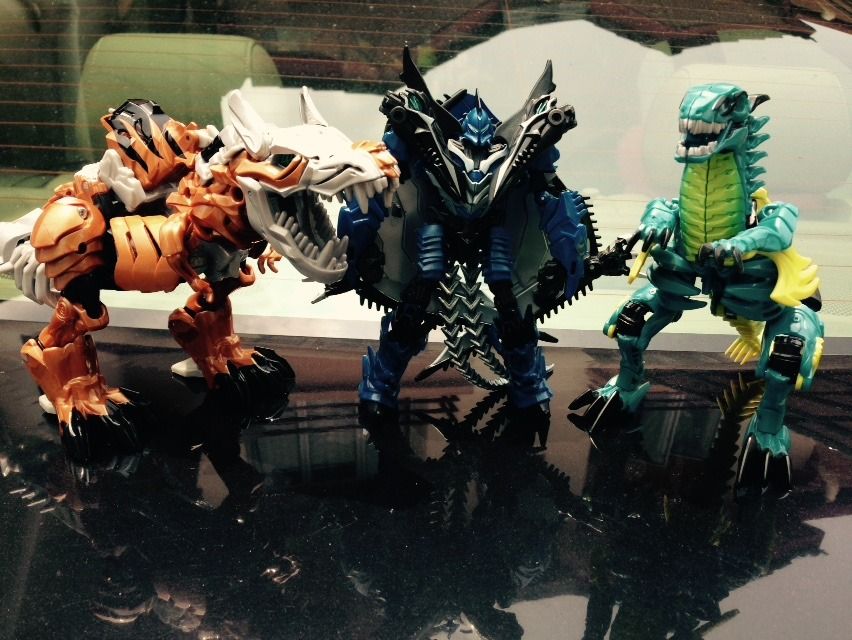

 Quote
Quote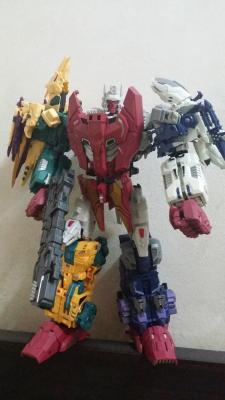
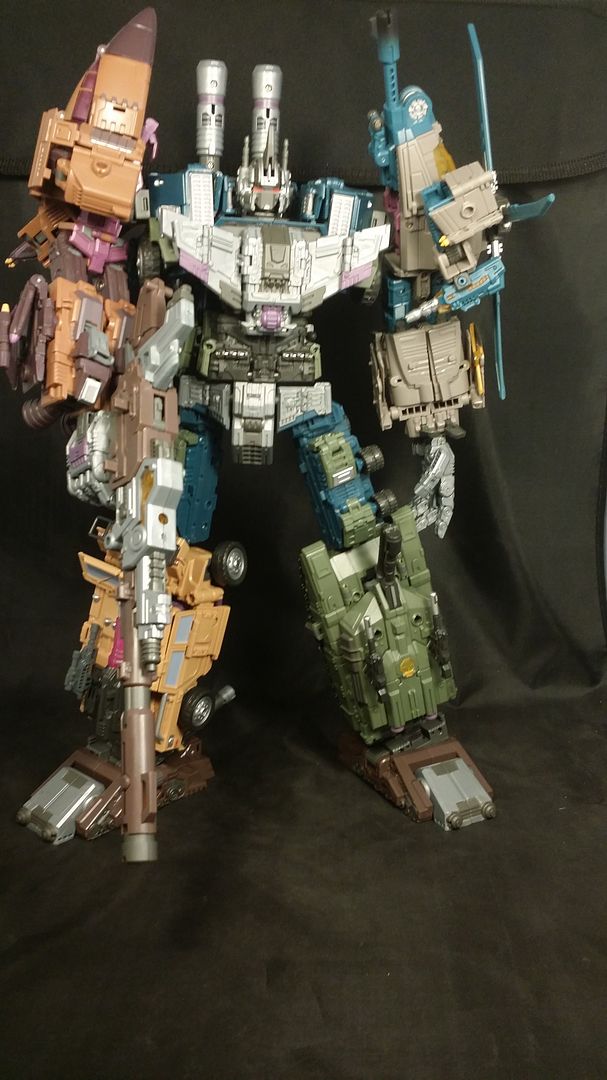

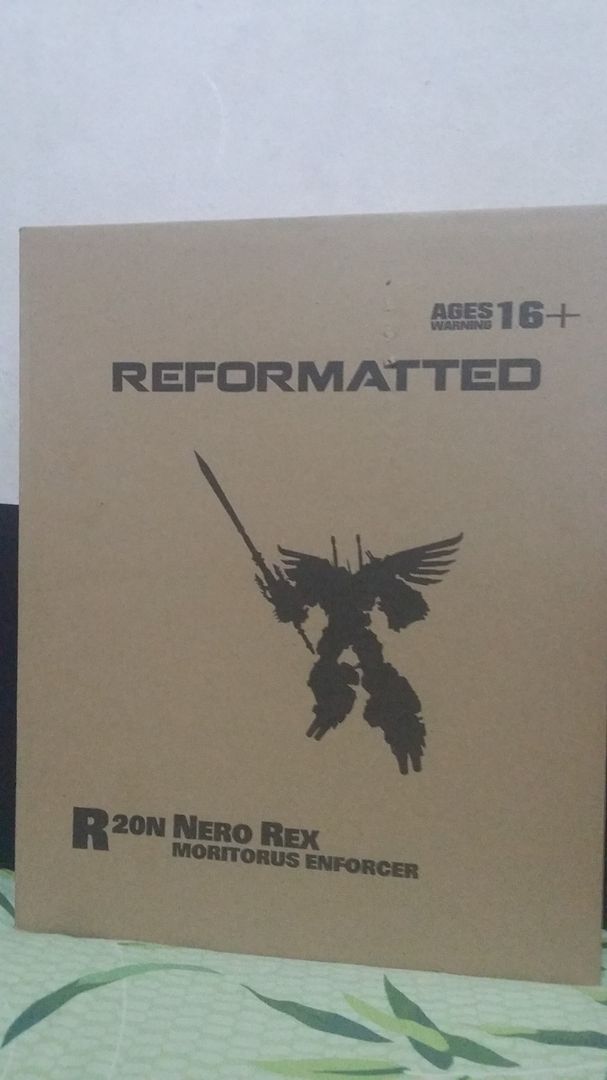
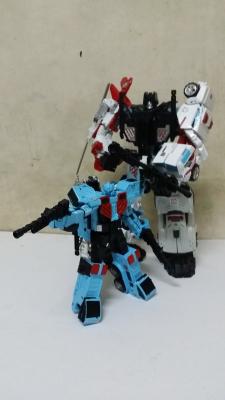

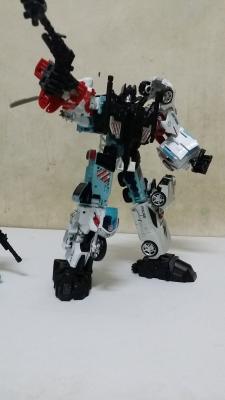



 0.1019sec
0.1019sec
 0.41
0.41
 7 queries
7 queries
 GZIP Disabled
GZIP Disabled